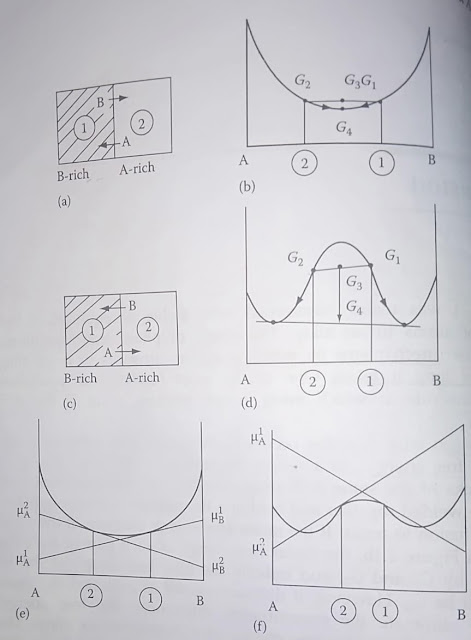10 Important differences between Cold working and Hot working

Following are the 10 important differences between cold working and hot working Working of metal and alloy below their recrystallization temperature is known as cold working , and working of metal and alloy above their recrystallization temperature is known as hot working . During cold working strain hardening occurs and due to this tensile strength, hardness increases while the impact strength and ductility decreases, whereas, due to hot working strain hardening is removed by recrystallization. Microstructure of cold worked component shows distorted grains, whereas, microstructure of hot worked components shows equiaxed and usually refined grains. Due to cold working defect density increases i.e. vacancies, dislocations, etc. increases and hence the density of material slightly decreases, whereas, due to hot working there is almost no change in defect density of material. Cold working cannot be done indefinitely without cracking of material due to strain hardening, whereas, ho


